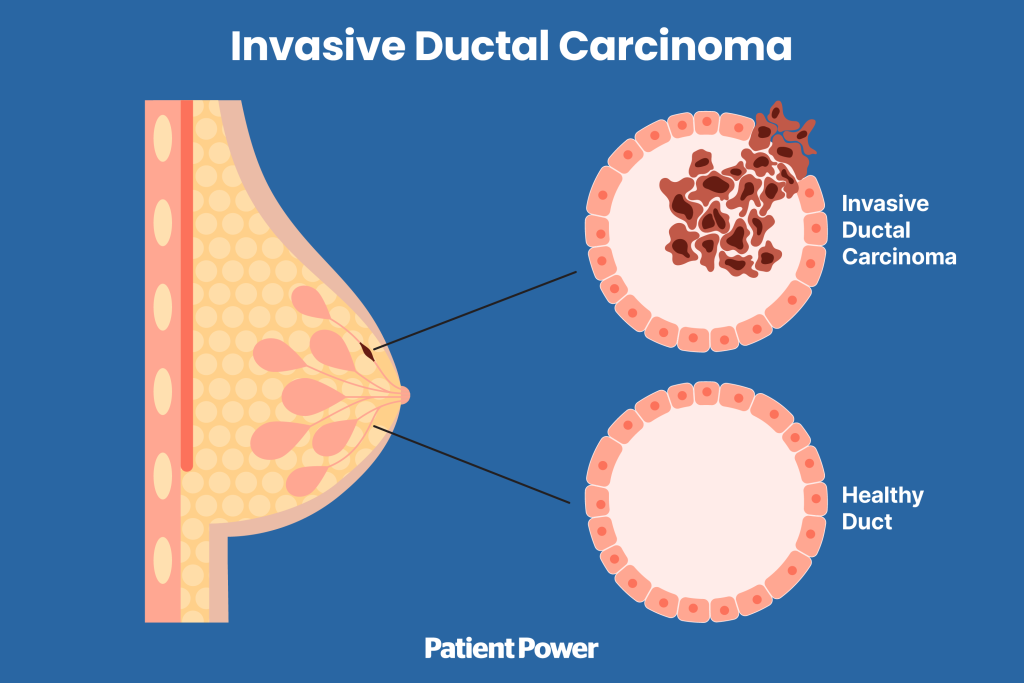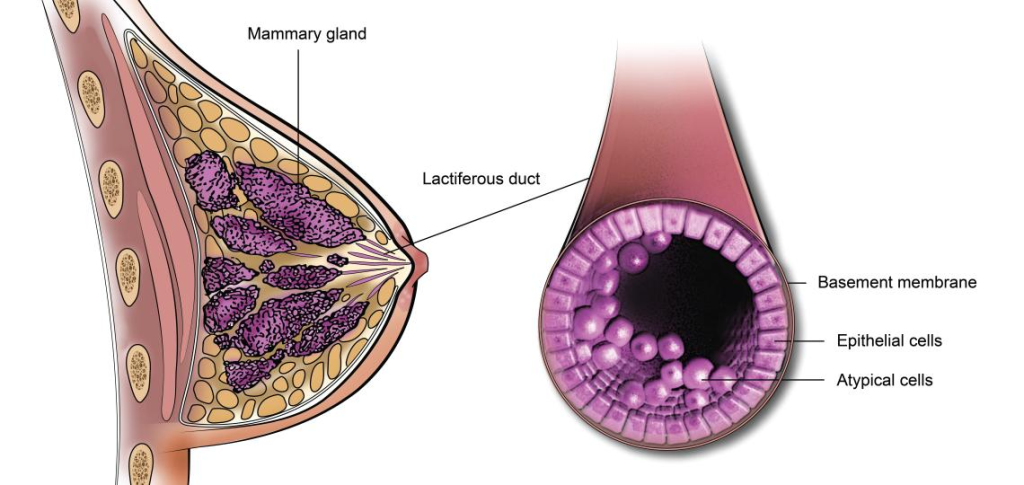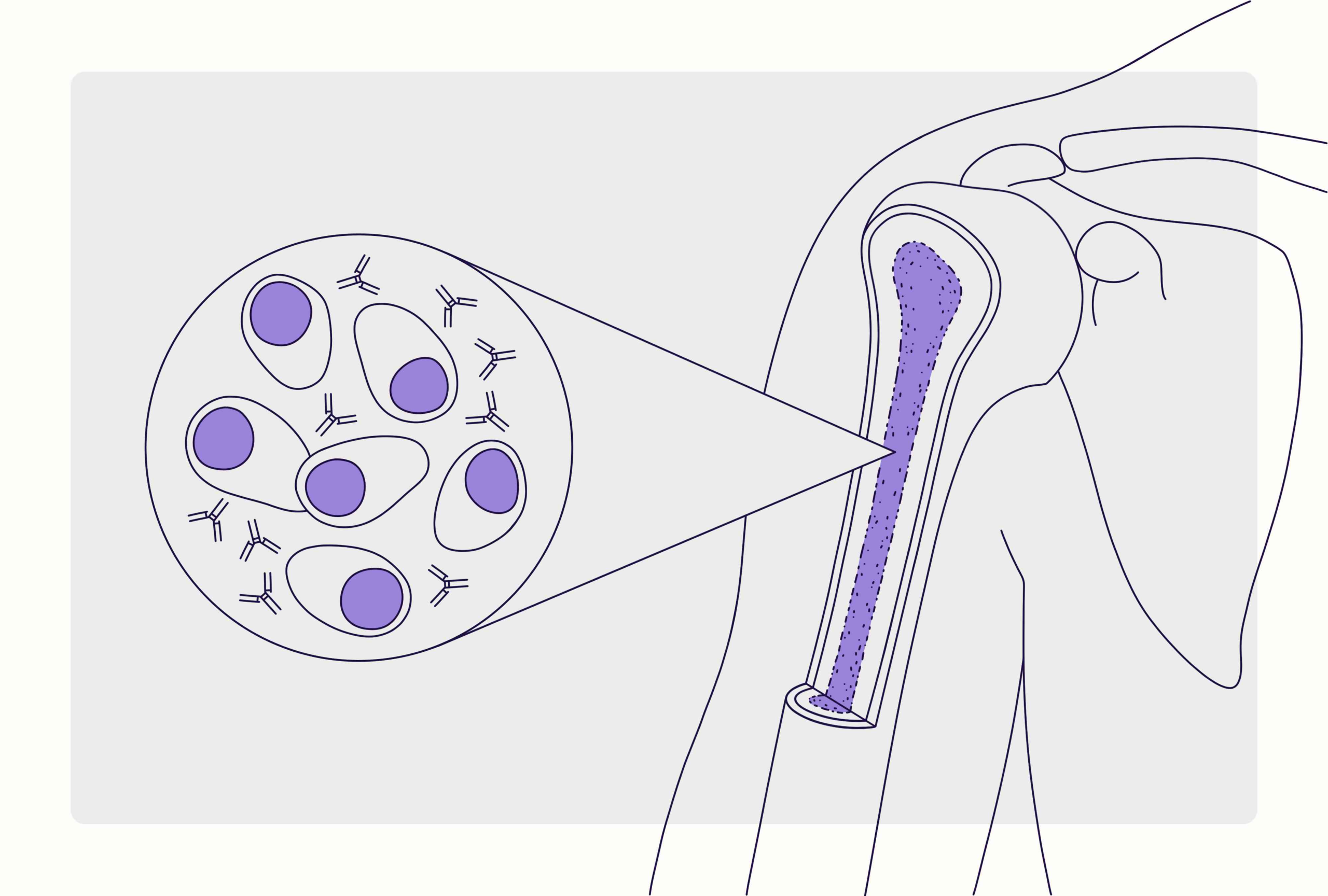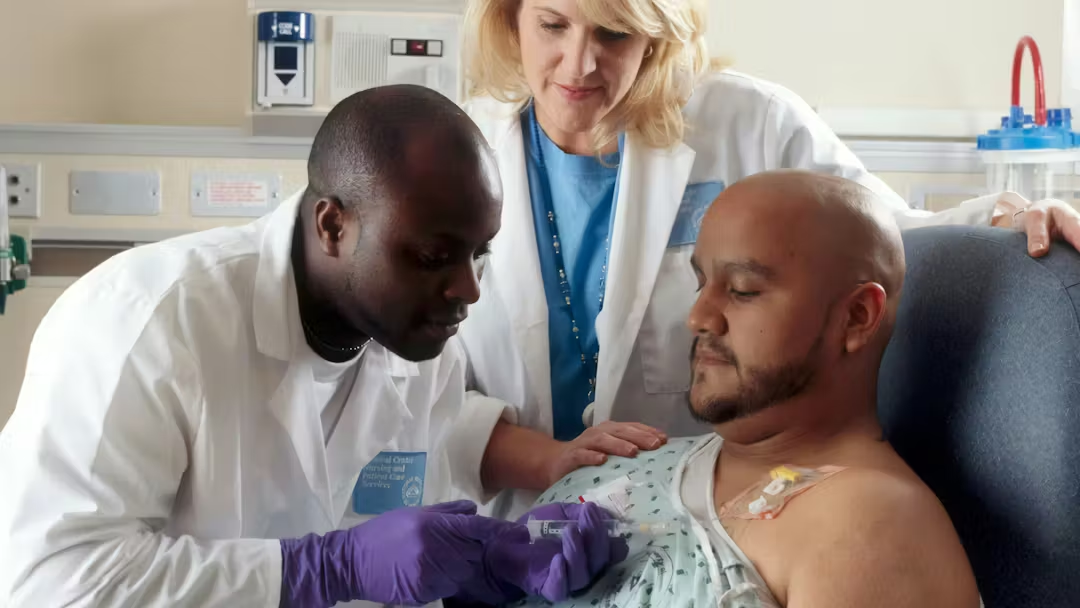Breast cancer remains one of the most common cancers among women in the United States, and ductal carcinoma—a cancer that begins in the milk ducts of the breast—is the most frequently diagnosed type. Whether you’ve recently heard this term from your doctor or you’re researching for a loved one, understanding what ductal carcinoma is, how it develops, and how it’s treated can make a life-changing difference.
This article will help you understand the basics of ductal carcinoma, the difference between in situ (non-invasive) and invasive forms, the signs to watch for, and lifestyle steps that may reduce your risk.

What Is Ductal Carcinoma?
Ductal carcinoma starts in the thin tubes (milk ducts) that carry milk from the lobules (milk-producing glands) to the nipple. It occurs when cells inside these ducts grow uncontrollably, forming abnormal tissue that may or may not spread to nearby areas.
There are two main types of ductal carcinoma:
- Ductal Carcinoma In Situ (DCIS):
This is an early, non-invasive stage of breast cancer. The abnormal cells are still confined within the milk ducts and haven’t spread to nearby tissue. While DCIS is not life-threatening, it can increase the risk of developing invasive cancer later if left untreated. - Invasive Ductal Carcinoma (IDC):
This type occurs when cancer cells break through the duct walls and invade surrounding breast tissue. IDC accounts for about 80% of all breast cancer diagnoses in the United States and can spread (metastasize) to lymph nodes or other parts of the body if not detected early.
Common Symptoms to Watch For
Early stages of ductal carcinoma may not cause any noticeable symptoms, which is why regular screening is critical. However, as the disease progresses, you may notice:
- A lump or thickening in the breast or underarm
- Changes in breast size or shape
- Dimpling or puckering of the skin
- Nipple discharge (clear, bloody, or yellowish)
- Inverted nipple or sudden nipple changes
- Redness or scaling of the nipple or breast skin
Keep in mind that not all lumps are cancerous—but every lump deserves medical attention. Early detection can mean the difference between a simple, localized treatment and more aggressive therapy.
Risk Factors You Should Know
While anyone can develop ductal carcinoma, certain factors can increase your risk:
- Age: Most cases occur in women over 50.
- Family history: Having a first-degree relative (mother, sister, daughter) with breast cancer increases risk.
- Genetic mutations: BRCA1 and BRCA2 gene mutations are strongly linked to breast cancer.
- Hormonal exposure: Long-term use of hormone replacement therapy or early menstruation/late menopause.
- Lifestyle factors: Obesity, smoking, alcohol use, and lack of physical activity can all contribute.
- Previous chest radiation: Especially before age 30.
How Ductal Carcinoma Is Diagnosed
Diagnosis typically begins with routine screening and imaging tests. The most common steps include:
- Mammogram: A low-dose X-ray that can detect early changes before symptoms appear.
- Ultrasound: Helps distinguish between solid masses and fluid-filled cysts.
- Biopsy: A small sample of breast tissue is examined under a microscope to confirm whether the cells are cancerous.
- MRI (Magnetic Resonance Imaging): Used in some cases for more detailed imaging, especially in dense breast tissue.
Treatment Options
Treatment depends on whether the cancer is in situ or invasive, as well as your overall health and personal preferences. Common treatment approaches include:
- Surgery:
- Lumpectomy: Removal of the tumor and a small margin of surrounding tissue.
- Mastectomy: Removal of one or both breasts, depending on the stage and risk level.
- Radiation Therapy:
Often follows surgery to kill any remaining cancer cells and reduce recurrence risk. - Hormone Therapy:
Used for cancers that are hormone receptor-positive to block estrogen or progesterone that fuel growth. - Chemotherapy:
Administered if the cancer has spread or carries a higher risk of recurrence. - Targeted and Immunotherapy:
Newer treatments focus on specific cancer cell proteins or help your immune system recognize and fight cancer more effectively.
Nutrition and Lifestyle Tips That Support Recovery
While no diet can prevent or cure ductal carcinoma, healthy habits can support treatment and recovery:
Foods that may help:
- Cruciferous vegetables (broccoli, cauliflower, kale): Contain compounds that may inhibit cancer cell growth.
- Berries (blueberries, raspberries): High in antioxidants that protect against cell damage.
- Fatty fish (salmon, sardines): Rich in omega-3 fatty acids that help reduce inflammation.
- Whole grains and legumes: Support steady energy levels and digestion during treatment.
- Green tea: Contains polyphenols that may have anti-cancer effects.
Habits to avoid:
- Limit alcohol, which can raise estrogen levels.
- Quit smoking—it impairs healing and increases recurrence risk.
- Maintain a healthy weight through regular exercise.
- Manage stress with mindfulness, yoga, or counseling support.
How to Choose the Right Medical Care
Choosing the right care team is one of the most important steps after diagnosis. Look for:
- A comprehensive cancer center with multidisciplinary specialists (oncologists, surgeons, radiologists).
- Access to genetic counseling if you have a family history of breast cancer.
- Support programs for emotional health, nutrition, and survivorship.
- Open communication—your doctor should explain treatment options clearly and respect your preferences.

The Power of Early Detection
The good news is that ductal carcinoma—especially DCIS—has one of the highest survival rates when detected early. Regular mammograms, clinical breast exams, and self-awareness can help you catch potential problems before they become life-threatening.
If you notice changes in your breast tissue or have risk factors, don’t wait—talk to your doctor. Early diagnosis doesn’t just improve outcomes—it saves lives.



